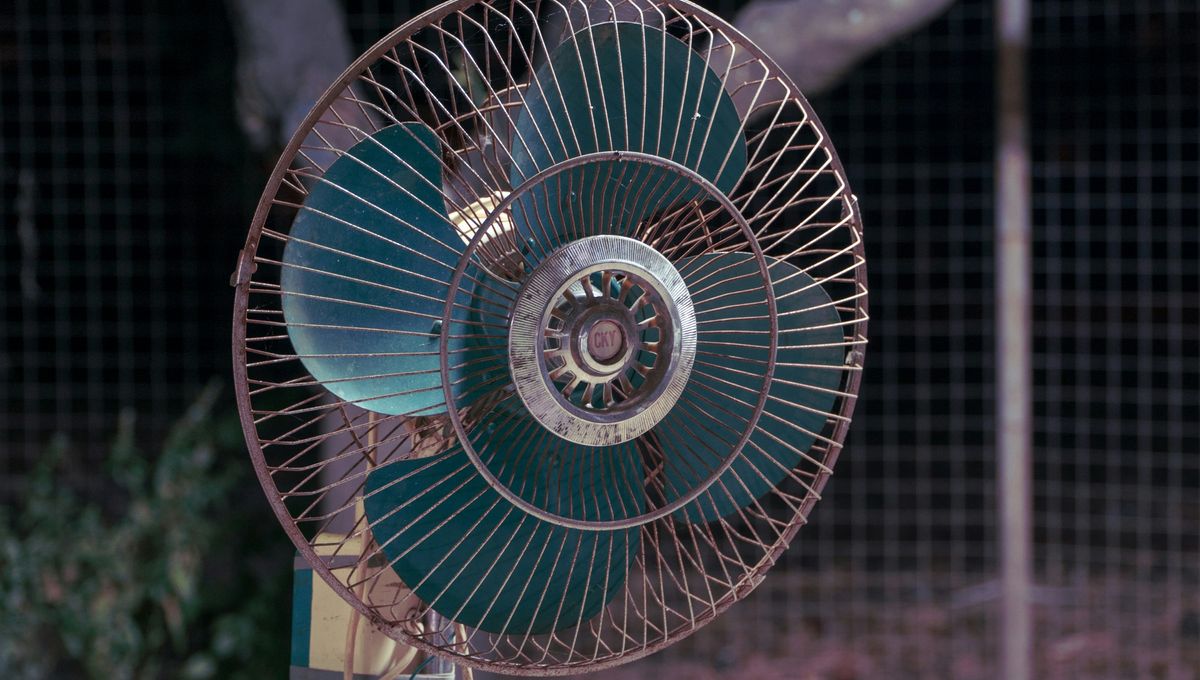
Unless you’ve been living under an air-conditioned rock for the past week, you’ll probably be aware an extreme heatwave has been sweeping across the US, with large parts of the country experiencing miserably hot temperatures.
This week, temperatures are expected to soar above 32.2°C (90°F) in the Southeast, Mid-South, and central/southern Plains, possibly surpassing 37.8°C (100°F) in some parts. At present, more than 57 million people are under active National Weather Service (NWS) extreme heat advisories, watches, and warnings. And, according to experts, the sizzling temperatures seem set to last.
“It likely means we’ll be seeing periodic periods of excessive heat across a decent part of the country into July,” NWS meteorologist Marc Chenard told Reuters. “Not continuous at any one spot, but the overall pattern will continue to favor these above normal temperatures.”
What is a heat dome?
Behind this heatwave is a weather phenomenon known as a heat dome. This involves a high-pressure system that’s become parked over the US, ensnaring very warm air and stopping any cool marine air from entering, like a bubbling saucepan with a lid on. The high pressure also pushes warm air downwards towards the ground and heats it further by compressing it.
What causes a heat dome?
According to the National Oceanic and Atmospheric Administration (NOAA), heat domes are most likely to form in North America during La Niña years — 2024 is expected to see the return of La Niña, possibly as early as July — when waters are cool in the eastern Pacific and warm in the western Pacific during the preceding winter. This temperature difference creates winds that push hot air eastward towards North America. Eventually, the warm air gets trapped in the jet stream, a current of air going counterclockwise around Earth, and becomes pushed over land in the Pacific Northwest.
It’s known that heatwaves like this are becoming hotter, longer, larger, and more frequent as a result of human-driven global warming. It’s also clear that extreme weather events will only become more common as the climate crisis continues to deepen.
“The science is clear on how human-caused climate change is already affecting heat waves: Global warming has caused them to be hotter, larger, longer and more frequent. What were once very rare events are becoming more common,” Dr Michael E Mann, a leading climate scientist, and Susan Joy Hassol, director of the nonprofit organization Climate Communication, wrote in an opinion article for the New York Times in 2021.
What parts of the US will be affected?
Last week, much of the Midwest, Great Lakes, Northeast, and Mid-Atlantic were facing scorching temperatures. This week, according to the NWS, “an upper-level trough moves over the northeastern U.S., bringing relief from the heat over the weekend, [and] a broad upper-level ridge will build over the central/western U.S., shifting the focus for the ongoing heat wave to the Southeast, Mid-South, and central/southern Plains early this week.”
An earlier version of this article was published in June 2021.
Source Link: What Is A Heat Dome? The Phenomenon Behind Current Extreme Heatwaves In US